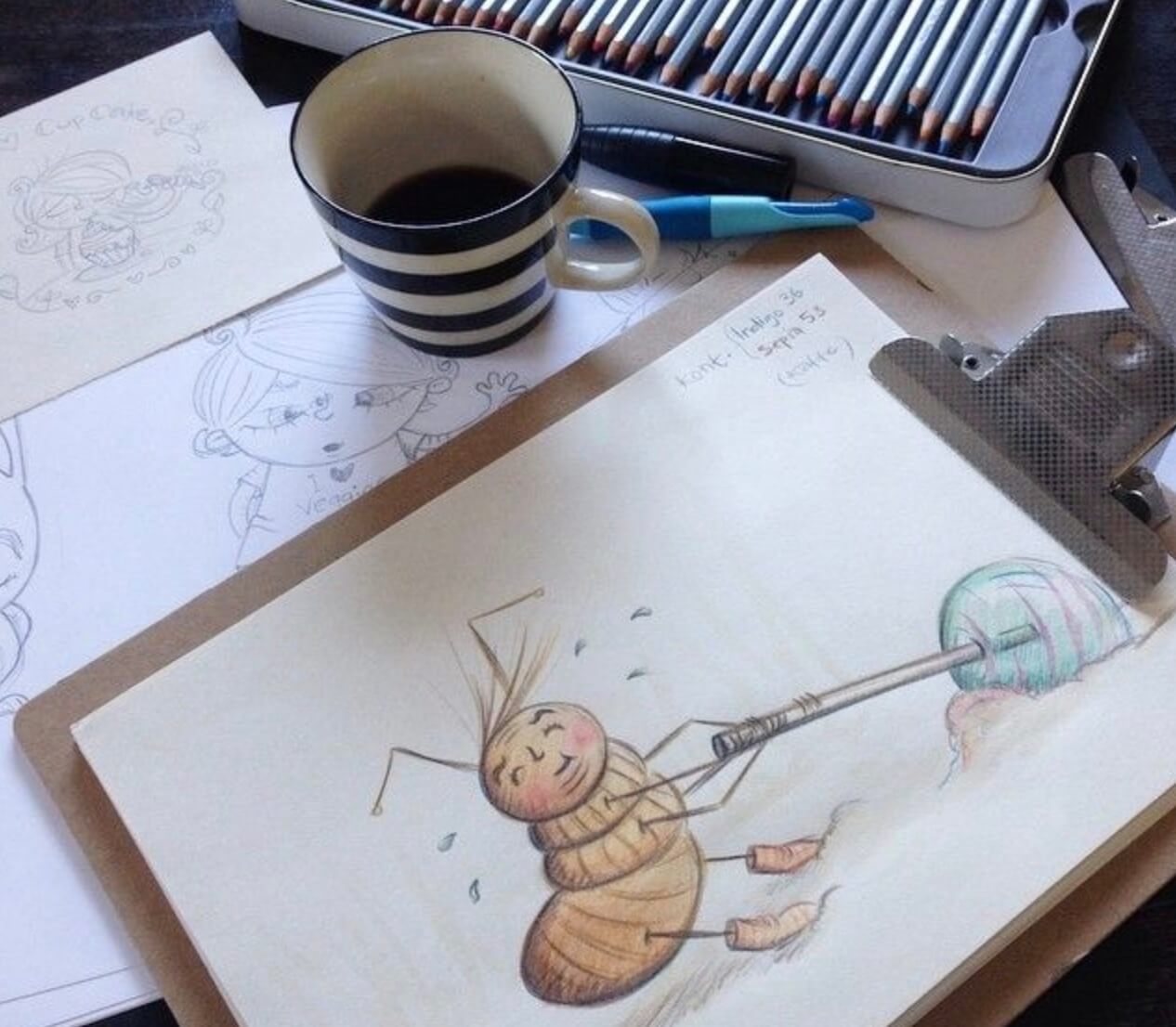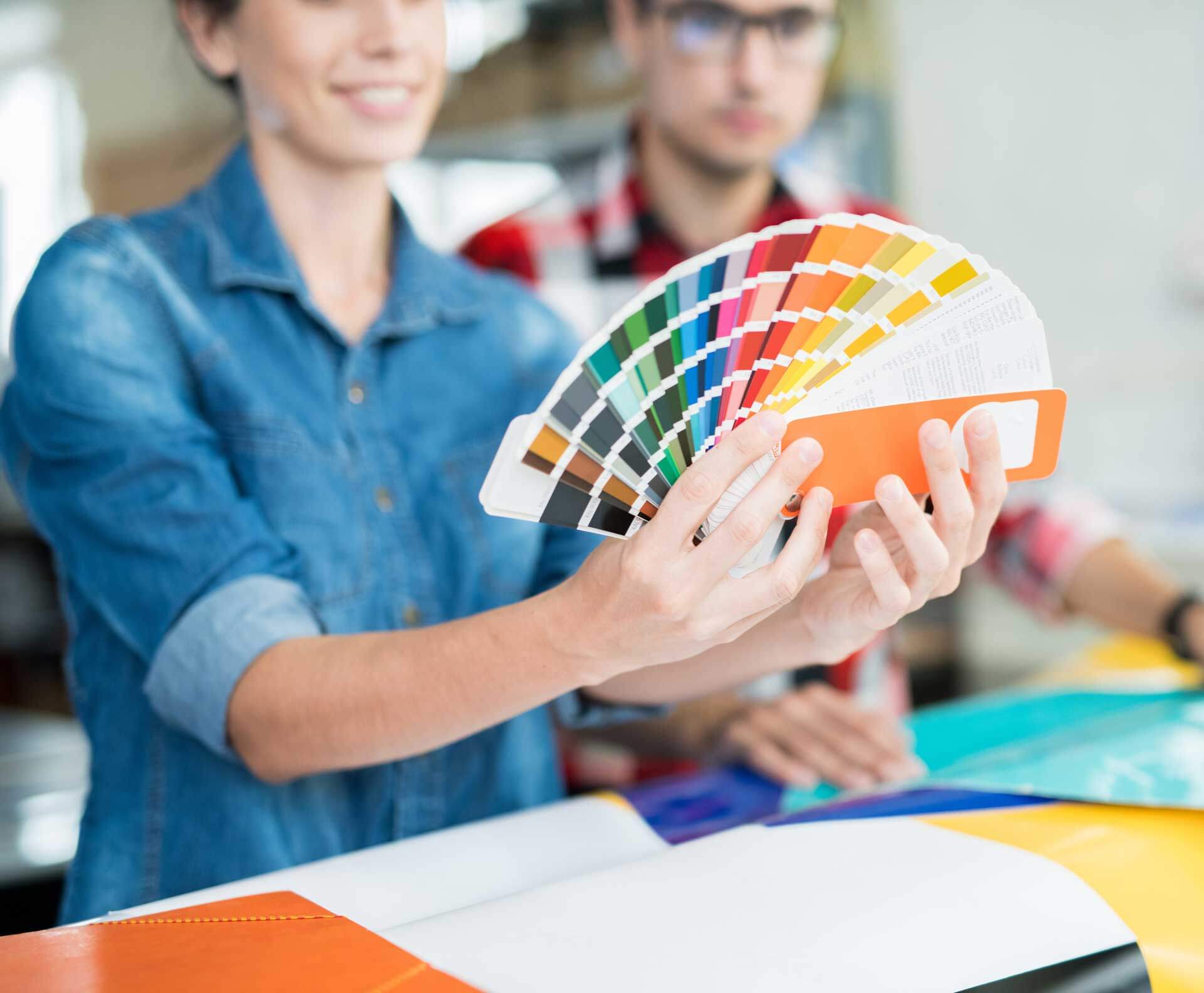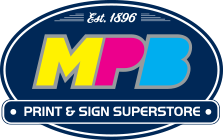Concepting Your Project
 It can be tempting to jump straight into designing, whether it’s a DIY project or a brief for a professional designer. If you want your piece to play an effective role in your marketing campaign, you need to know what exactly that role is going to be! So, before you launch yourself into the design process, make sure that you take the time to do some proper prep work on the strategy behind it.
It can be tempting to jump straight into designing, whether it’s a DIY project or a brief for a professional designer. If you want your piece to play an effective role in your marketing campaign, you need to know what exactly that role is going to be! So, before you launch yourself into the design process, make sure that you take the time to do some proper prep work on the strategy behind it.
What is your objective?
What are you trying to achieve in your business right now? What results are you looking to get from your marketing activities? Are you trying to build awareness of a new brand? Promote the launch of a new product? Increase engagement? Collect leads? You need to isolate your overall objective.
Who is your target audience?
As with everything you do in marketing, you need to know who you’re speaking to in the first place. This includes demographics—age, gender, location, etc.—as well as psychographics—thoughts, attitudes, and behaviors. Are you targeting people who have never heard of you or trying to win back past customers? Are you trying to attract customers away from a competitor? Who is the person who will most urgently benefit from what you have to offer?
What is the key message?
Now that you have your target audience, what’s the one key message you want them to take away from seeing your design? What do you want them to be thinking, feeling, or doing? What should they remember about your brand or product? What’s the one benefit or attribute you want them to be associating you with? You may have a lot more information printed in the end but you need to be super specific about that one important message.
Constructing Your Project.
OK, you’ve got the strategy, but there’s still another step before you start designing! Now you need to get more specific in terms of the style and content. Once you do that, the design itself will be easy.
 What colors will you use?
What colors will you use?
Bold and bright colors will attract people’s attention but the design also needs to work with your brand, your industry, and your target audience. What are the colors that will reinforce your message? For example, greens and yellows for health and wellbeing or bright primary colors for children. Do you want it to be super vibrant and colorful or keep things simple and sleek with two or three colors? Could it work in black and white (an especially important question if you’re on a tight budget)?
What will you highlight regarding your brand?
Whatever your message on the flyer, you need to make sure the reader knows who it’s coming from. What are the elements of your brand identity that will ensure that people remember who you are and what you do? What absolutely needs to be in the piece? Your logo, your tagline, and your website. What about the typography—do you have a brand font? Do you have a brand mascot or other imagery that makes you instantly recognizable?
What imagery do you want?
Speaking of imagery, what kind of style are you going for? High-quality photography can be really effective in drawing people in—do you have your own or are you open to using stock photos? What about other kinds of images? Could it be appropriate to use graphics or icons, or maybe even cartoons or drawings? As before, think about your brand, your industry, and your target audience when making these decisions.
 What copy do you want to use?
What copy do you want to use?
Now it’s time to determine the exact text that will be in the piece. Remember the key message you identified earlier and make sure that it’s clear that this is the primary message. Next, decide what other information needs to be in the piece and in what order it should appear. Can anything be left out if there isn’t enough space?
What type of finishing will you use?
What size and style will your piece be? UV coating, die cuts, embossing? These decisions should be determined at this stage. Do you want to stick with the standard shape and size or do you want something that stands out? If it’s a luxury product and you have a lot of information to convey, maybe you need more of a brochure format in a large size? Can you think of a creative format that gets people interacting with it—even if it’s just folding and unfolding—or using it after they get it?
